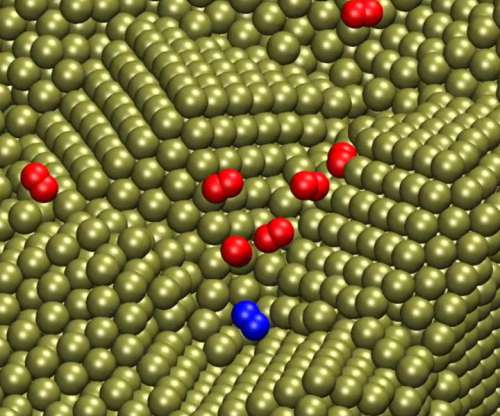Berkeley Lab nanoscale imaging study yields key insights into photo-electrochemical water splitting
Green Car Congress
JULY 23, 2018
In the quest to realize artificial photosynthesis to convert sunlight, water, and carbon dioxide into fuel—just as plants do—researchers need to not only identify materials to efficiently perform photoelectrochemical water splitting, but also to understand why a certain material may or may not work. —Johanna Eichhorn.








































Let's personalize your content